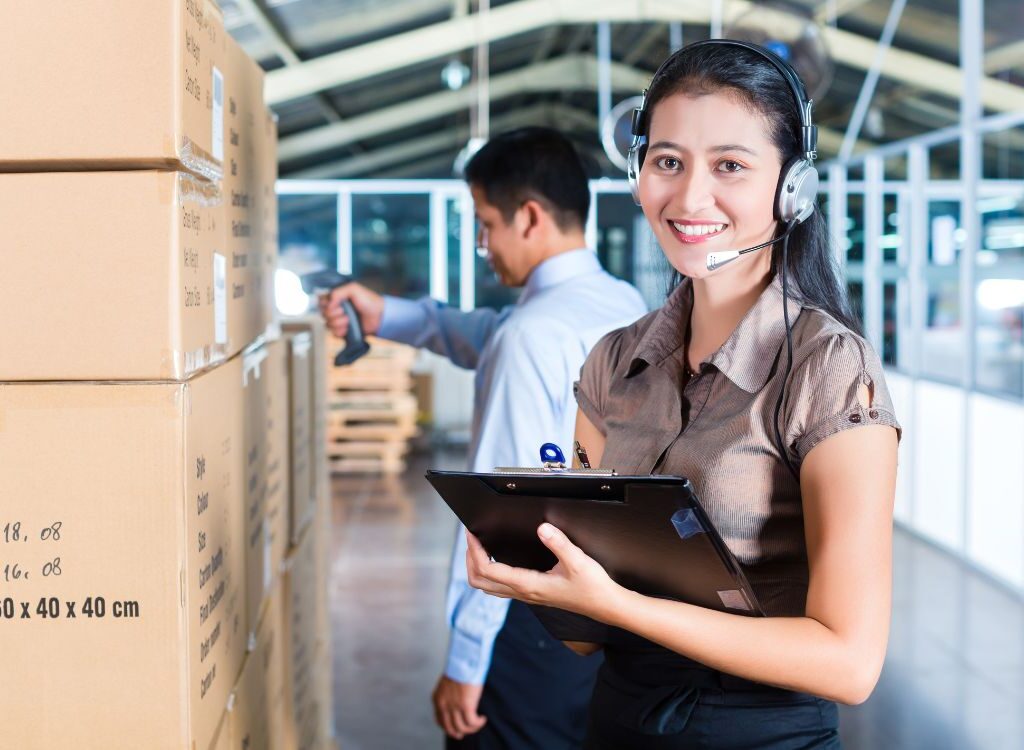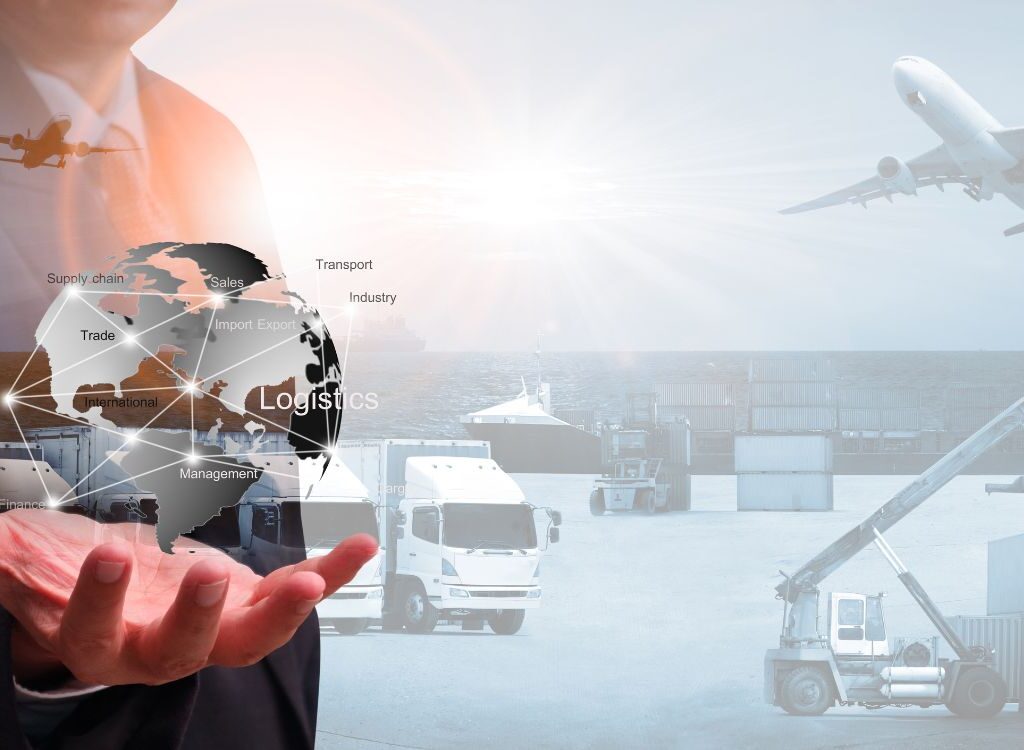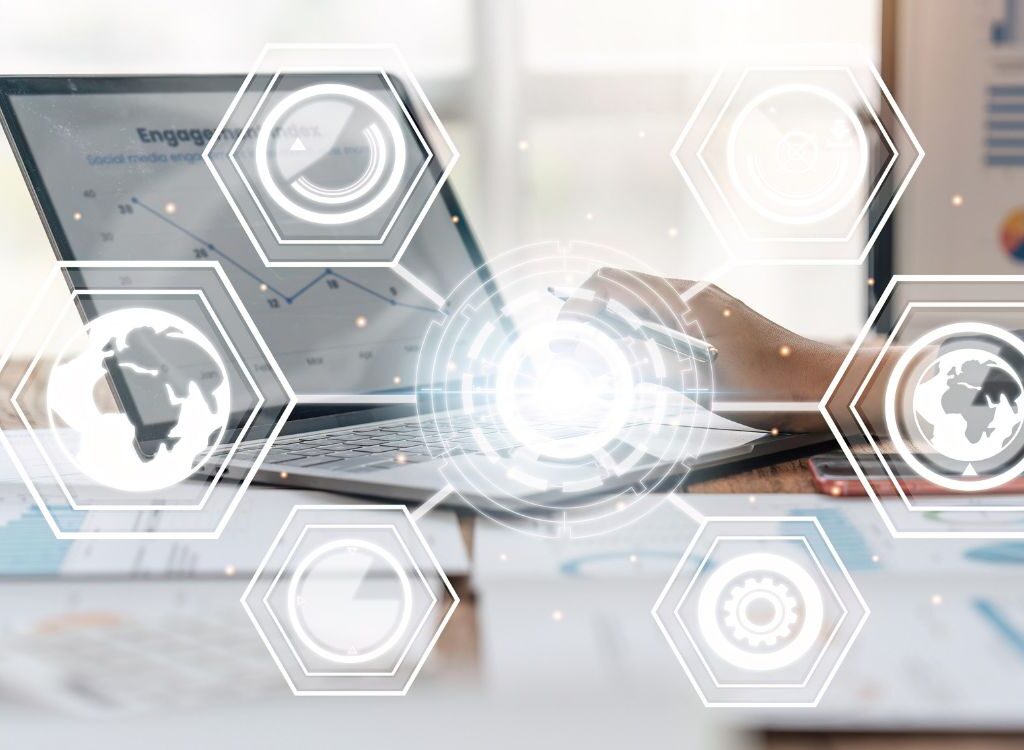The tile sector is undergoing a period of rapid change, driven by technological evolution and evolving market needs. In particular, the B2B (Business-to-Business) segment is facing unique challenges and opportunities that will shape its future significantly. In this article, we will explore the trends, innovations, and strategies that will define the next chapter of B2B in tiles.
Current trends in the tile sector for B2B
The B2B tile market is undergoing a significant transformation. Some of the main trends that are shaping the sector include:
- Digitalization. The adoption of digital technologies is revolutionizing the way companies interact with customers, manage processes, and make strategic decisions.
- Personalization. B2B customers require tailored solutions that meet their specific needs, pushing manufacturers to offer greater flexibility and customization.
- Sustainability. Growing environmental awareness is driving demand for more eco-friendly products and processes, with a focus on reducing the carbon footprint and the circular economy.
- Internationalization. Companies in the sector are expanding their geographical horizons, exploring new markets, and establishing global partnerships to increase their competitiveness.
- Innovation in materials. Technological evolution is leading to the development of new materials and advanced solutions, such as high-performance tiles with smart features.
Understanding these key trends will help you position your company for future success in B2B for tiles.

The impact of technology on the tile sector
Technology is revolutionizing the way companies in the tile sector operate and interact with B2B customers. Some of the main technological innovations that are transforming the sector include:
- Process automation. The adoption of automation technologies, such as robotics and artificial intelligence, is improving production efficiency and reducing delivery times.
- Digital platforms. E-commerce solutions, online configurators, and order management systems are simplifying interactions between manufacturers and B2B customers.
- Data analysis. The use of advanced data analysis allows companies to make more informed decisions, optimize processes, and anticipate customer needs.
- Augmented and virtual reality. These technologies are improving the shopping experience of B2B customers, allowing them to view and customize tiles interactively.
- Blockchain. The adoption of blockchain is improving the traceability and transparency of the supply chain, helping to strengthen trust and collaboration among stakeholders.
By leveraging these technological innovations, tile companies can increase their efficiency, improve the customer experience, and gain a competitive advantage in the B2B market.
New opportunities and challenges
The future of B2B for tiles presents a range of new opportunities, but also several challenges to face. Here are some of the main ones:
Opportunities
- Large-scale personalization. The ability to offer tailor-made solutions to B2B customers, leveraging flexible production technologies and digital customization.
- Global expansion. Access to new international markets and the opportunity to establish strategic partnerships on a global level.
- Sustainability as a competitive advantage. The growing demand for environmentally friendly products and processes represents an opportunity for companies able to meet these needs.
- Value-added services. Offering complementary services, such as technical consulting, training, and after-sales assistance, can increase the value perceived by B2B customers.
Challenges
- Adaptation to digitalization. The need to invest in digital technologies and develop the skills needed to make the best use of them.
- Managing the complexity of the supply chain. The increase in globalization and personalization requires more effective management of the supply chain.
- Differentiation of the value proposition. The need to offer a unique and compelling value proposition in an increasingly competitive market.
- Attraction and retention of talent. The ability to attract and retain qualified professionals in a highly competitive labor market.
By successfully addressing these opportunities and challenges, tile companies can position themselves for success in the future of B2B.

Innovations in the tile production process
The tile production process for the B2B market is undergoing a profound transformation thanks to technological innovations. Some of the main innovations include:
- Advanced automation. The use of robots, artificial vision systems, and artificial intelligence technologies to automate and optimize production phases, reducing errors and increasing productivity.
- Innovative production processes. The development of more energy-efficient ovens and firing techniques, reducing the environmental impact of production.
- Advanced materials. The use of new materials, such as high-performance ceramics, smart tiles, and eco-sustainable solutions, to offer innovative features and characteristics.
- Quality monitoring and control. The integration of sensors and real-time monitoring systems to ensure product quality and quickly identify any problems.
These innovations in the production process will allow tile companies to increase efficiency, reduce costs, and offer more customized and high-quality solutions to B2B customers.
The importance of sustainability in the tile sector for B2B
Sustainability is becoming a key factor in the B2B tile market, with increasing demand for environmentally friendly products and processes. Companies that succeed in integrating sustainable practices into their business can obtain numerous advantages:
- Regulatory compliance. Compliance with environmental regulations and sustainability directives is becoming increasingly crucial for operating in the market.
- Competitive advantage. Offering sustainable solutions can differentiate your company from competitors and attract environmentally conscious B2B customers.
- Cost reduction. The adoption of more energy-efficient technologies and processes and resource consumption can lead to significant long-term savings.
- Brand reputation and image. Commitment to sustainability can improve the perception of your brand and strengthen the trust of B2B customers.
- Innovation and new opportunities. Sustainability can stimulate product and process innovation, opening the way to new market opportunities.
To integrate sustainability into your business model, you will need to adopt practices such as reducing emissions, using recycled materials, managing waste efficiently, and optimizing the supply chain. Investing in sustainability will help you meet the expectations of B2B customers and position your company as a leader in the sector.
The evolution of distribution channels in B2B for tiles
Distribution channels in the B2B tile market are undergoing a profound transformation, driven by the adoption of digital technologies and the evolving needs of customers. Some of the main trends in this area include:
- E-commerce platforms. The emergence of B2B e-commerce platforms, which allow tile manufacturers to reach and serve customers more directly and conveniently.
- Supply chain integration. Closer collaboration between manufacturers, distributors, and retailers to optimize the supply chain and improve visibility and efficiency.
- Advanced logistics. The adoption of more efficient logistics solutions, such as just-in-time delivery and intelligent inventory management, to reduce delivery times and costs.
- Multichannel sales channels. Offering an omnichannel shopping experience, combining personal contact with digital tools for greater convenience and personalization.
- Value-added services. The integration of complementary services, such as technical consulting, training, and after-sales assistance, to increase the value perceived by B2B customers.
By adapting your distribution channels to these trends, you can improve accessibility, efficiency, and the quality of service offered to B2B customers, strengthening your competitive position.

Marketing strategies in the future of B2B for tiles
To succeed in the future of B2B for tiles, companies will need to adopt innovative and targeted marketing strategies. Here are some of the main strategies to consider:
- Advanced digital marketing. Using tools such as search engine optimization (SEO), social media marketing, and online advertising to reach and engage B2B customers more effectively.
- Personalization and segmentation. The ability to personalize messages, products, and services according to the specific needs of different B2B customer segments.
- Valuable content. Creating and sharing informative and valuable content, such as technical guides, webinars, and case studies, to position yourself as an expert in the sector.
- Loyalty programs. Offering incentives, exclusive services, and loyalty programs to build long-term relationships with B2B customers.
- Strategic collaborations. Developing partnerships with influencers, designers, and other key players in the sector to broaden the reach and credibility of your brand.
By integrating these innovative marketing strategies into your approach, you can attract, engage, and retain B2B customers, positioning your company as a leader in the sector.
Design trends in the tile sector for B2B
The design of tiles for the B2B market is evolving rapidly, driven by customer preferences and technological innovations. Here are some of the main design trends to watch out for:
- Personalization and customization. The demand for tailor-made solutions, with the possibility of customizing shapes, sizes, colors, and finishes.
- Innovative materials and textures. The use of new materials, such as advanced ceramics, smart tiles, and eco-sustainable solutions, to offer unique and distinctive features.
- Minimalist and contemporary aesthetics. The preference for simple, clean, and modern designs, which adapt to different architectural and interior design styles.
- Integrated features. The integration of additional features, such as antibacterial properties, self-cleaning capabilities, and anti-slip characteristics, to meet specific needs.
- Sustainability and respect for the environment. The growing demand for design solutions that reflect a commitment to sustainability and attention to environmental impact.
By keeping pace with these design trends, you can offer B2B customers innovative and attractive solutions that stand out from the competition and respond to their constantly evolving needs.
Conclusions on the future of B2B for tiles
The future of B2B for tiles looks full of challenges and opportunities. Companies in the sector will have to deal with technological evolution, increased global competition, and the evolving needs of customers. However, those who can adapt and innovate will be able to seize the advantages offered by this transforming landscape.
Investing in new technologies, promoting sustainability, offering customized solutions, and improving the customer experience will be essential for future success. Furthermore, the adoption of innovative marketing strategies and the alignment of design trends with the preferences of the B2B market will allow companies to stand out from the competition.


Add a Comment
You must be logged in to post a comment